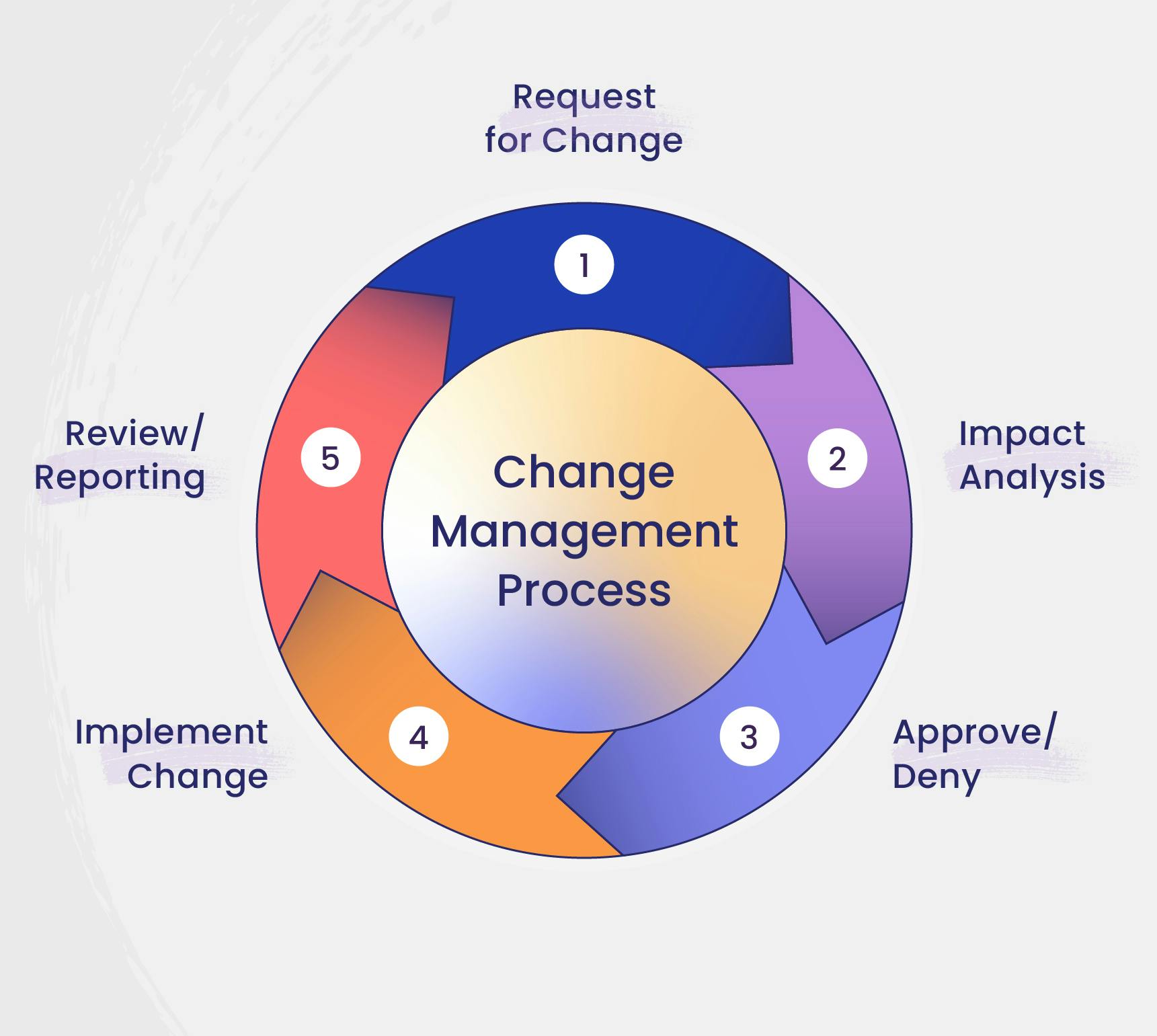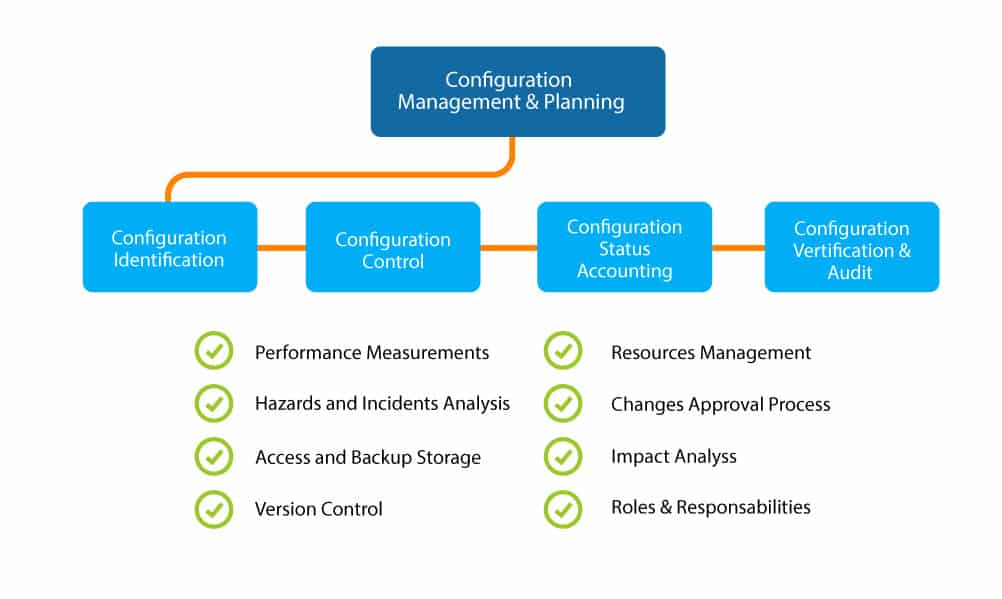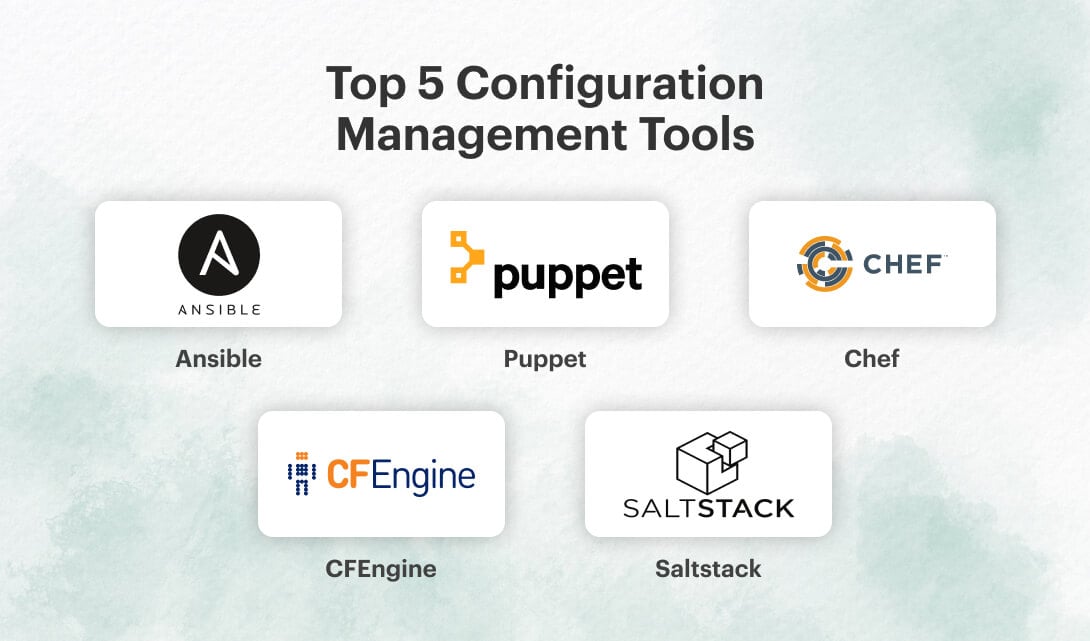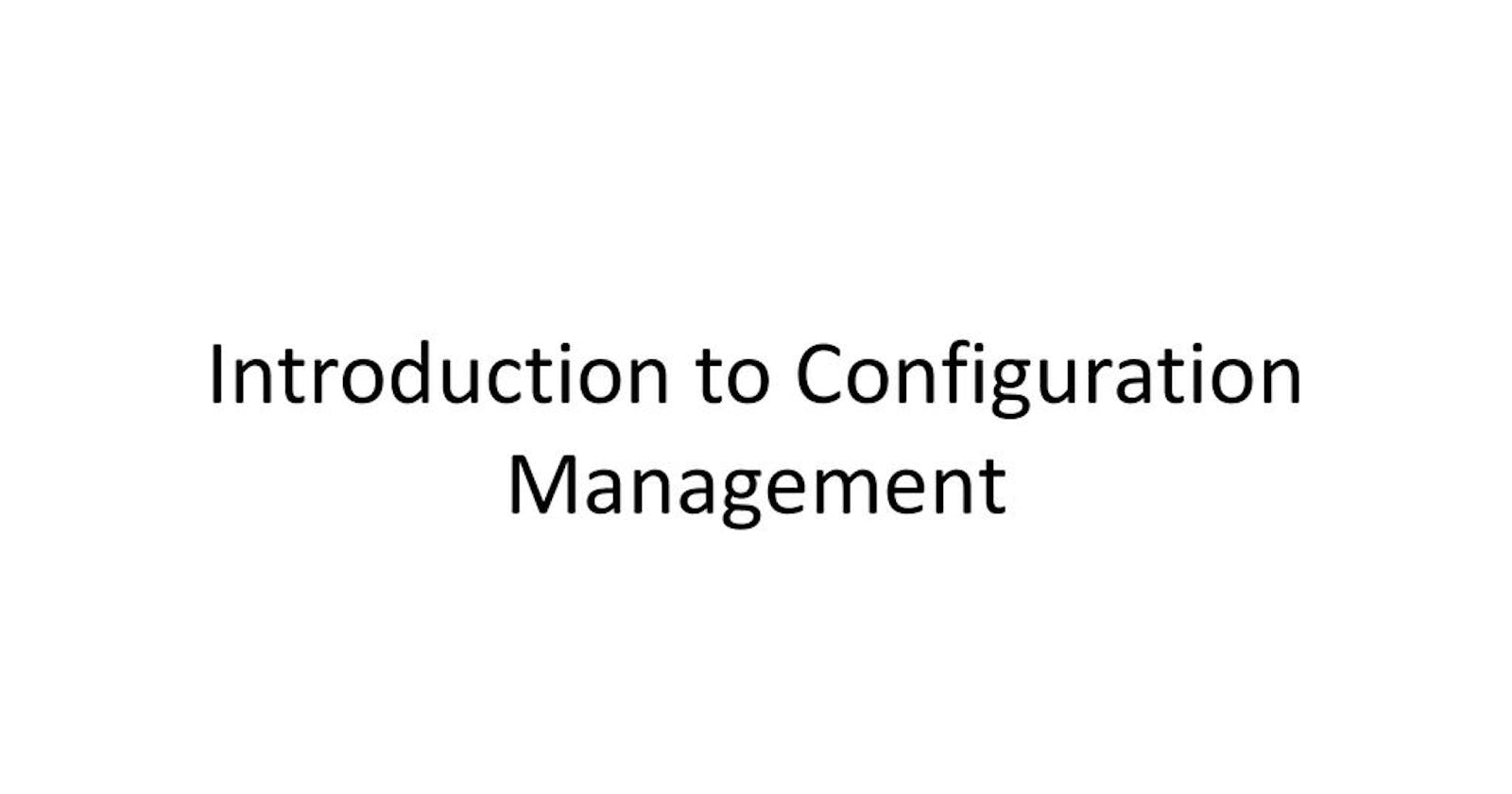Introduction to Configuration Management
Understanding the Basics and Benefits
Configuration Management
Configuration management is the process of managing and maintaining the consistency and reliability of a system throughout its lifecycle. It is a discipline that helps to ensure that the system performs as intended, and it involves tracking and controlling changes to the system's software, hardware, and documentation.

Configuration management is critical for managing complex systems and ensuring that they continue to work as expected. Without proper configuration management, changes made to a system can introduce bugs, errors, and other issues that can be difficult to track down and fix.
Configuration Management Benefits
The benefits of configuration management are numerous. By using configuration management, organizations can:
Ensure that systems are reliable and consistent
Reduce the likelihood of errors and bugs
Reduce the time and effort required to troubleshoot and fix issues
Improve collaboration and communication between teams
Simplify compliance with regulatory and legal requirements
Increase efficiency and productivity
Reduce costs
Configuration Management Process
The configuration management process involves several steps, including:
Planning: This step involves defining the scope of the system being managed and identifying the key components and stakeholders.
Identification: This step involves identifying the various components of the system, including software, hardware, and documentation.
Control: This step involves controlling changes to the system by defining and implementing policies, procedures, and processes for making changes.

Status Accounting: This step involves tracking changes to the system and maintaining a history of all changes made.
Audit: This step involves verifying that the system is being managed according to the defined policies, procedures, and processes.
Verification and Validation: This step involves verifying and validating that the system meets the specified requirements and performs as intended.
Configuration Management Tools
There are several tools available to help manage configuration management processes. Some popular tools include:
Git: Git is a popular version control system that allows developers to track changes to software code.
Puppet: Puppet is a popular configuration management tool that helps manage the configuration of servers and other IT infrastructure.

Chef: Chef is another popular configuration management tool that helps automate the deployment and management of IT infrastructure.
Ansible: Ansible is a popular automation tool that helps automate the deployment and management of IT infrastructure.
Configuration Management Commands
Here are a few basic commands related to configuration management that may be useful for beginners:
git clone [repository]: This command allows you to clone a repository from a Git server.
puppet apply [manifest]: This command applies a Puppet manifest to a server.
chef-client: This command runs the Chef client on a server.
ansible-playbook [playbook]: This command runs an Ansible playbook on a server.
Conclusion
Configuration management is a critical process for managing and maintaining the reliability and consistency of complex systems. By following a defined process and using the right tools, organizations can reduce the likelihood of errors and bugs, improve collaboration and communication, and increase efficiency and productivity. Beginners can start by learning some basic commands related to configuration management and then gradually move on to more advanced concepts and tools.
